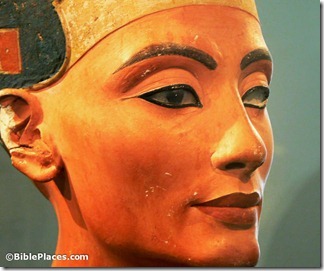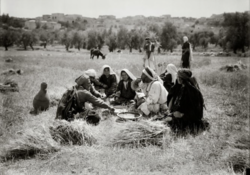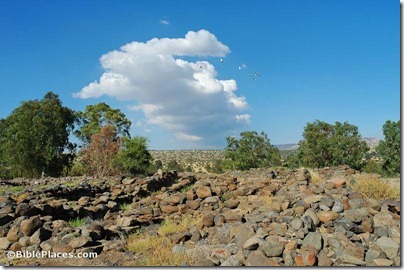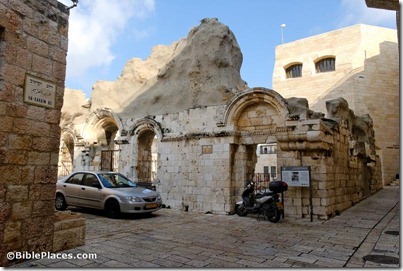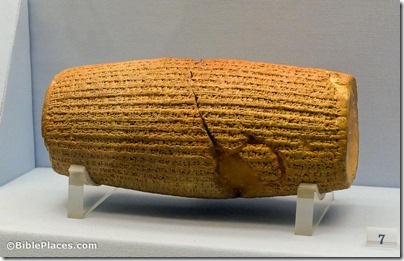9.00-9.30: Reception
9.30-9.45: Opening statement – Assaf Nativ and Mark Iserlis
9.45-10.00: Shlomo Bunimovitz, Children of three paradigms: my generation in Israeli archaeology
10.00-10.30: Yifat Thareani, Margins’ Girl: On frontiers as multi-cultural archaeological spaces
10.30-11.00: Haggai Misgav, Archaeology and contemporary religious conceptions
11.00-11.15: Recess
11.15-11.45: Ianir Milevski, What is archaeology? A materialist dialectic approach
11.45-12.15: Alon Shavit, Community archaeology in Israel: on the connection and discord between the archaeological community and society
12.15-12.45: Eran Arie, Archaeology in a museum: visit and Critique
12.45-14.00: Lunch break
14.00-14.30: Steve Rosen, Archaeology: a personal perspective
14.30-15.00: Amihai Mazar, The rusty Marshalltown
15.00-15.30: Yuval Yekutieli, Archaeology as a story
15.30-15.45: Recess
15.45-16.15: Summaries: Rafi Greenberg, Avi Gopher, Snait Gisis
16.15-17.00: Discussion
HT: Jack Sasson
